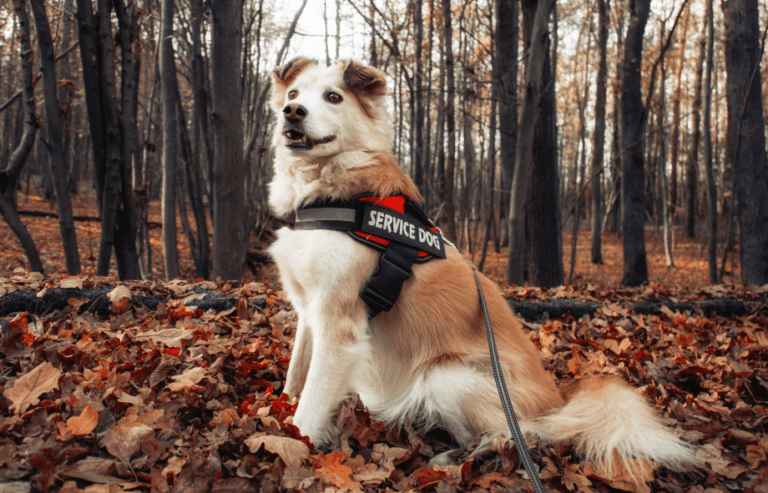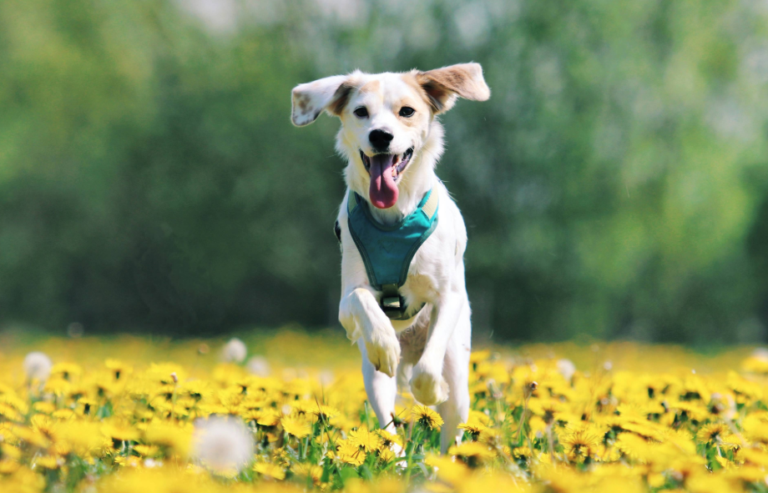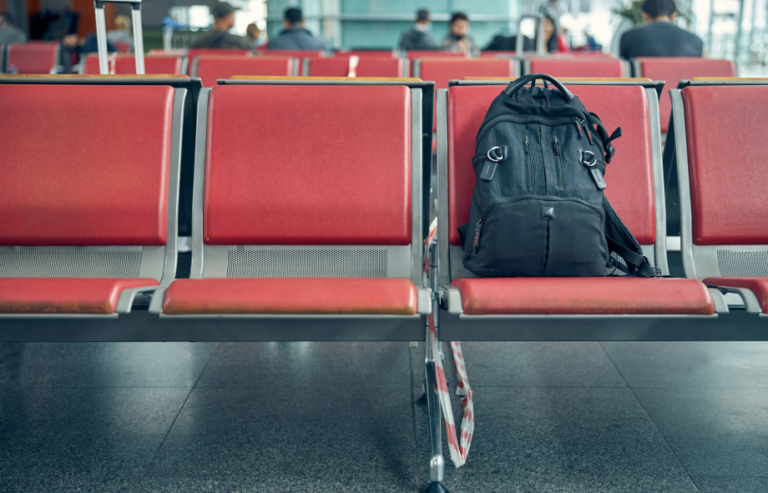If you rely on a service dog, such as a guide dog or medical alert dog, air travel can feel daunting. The good news is that UK law allows recognised assistance dogs to travel in the aircraft cabin when flying from the UK. However, you must follow strict rules to ensure your dog is accepted for travel.
In this guide, we explain everything you need to know about flying with a service dog from the UK, including airline requirements, documentation, international travel rules and how this differs from emotional support animals.
As a pet relocation company, PetAir has helped relocate over 33,000 pets to more than 300 destinations worldwide, giving us unrivalled experience in navigating complex airline and veterinary regulations. Here’s what every service dog handler needs to know.
What Is Classed as a Service or Assistance Dog?
Only fully trained assistance dogs that perform specific tasks to support a person with a disability qualify under UK and international aviation rules. Common examples include:
- Guide dogs for visually impaired people
- Hearing dogs for people who are deaf or hard of hearing
- Seizure alert or diabetes alert dogs
- Mobility assistance dogs
- Psychiatric service dogs (only recognised in certain countries, such as the USA, if fully trained and task-specific)
These dogs must complete training by an organisation accredited by Assistance Dogs UK (ADUK), the International Guide Dog Federation (IGDF) or Assistance Dogs International (ADI).

Are Emotional Support Animals Allowed in the Cabin?
No. UK and EU airlines don’t recognise emotional support animals (ESAs) as service animals. They treat ESAs as pets, which means they must travel in the cargo hold. Only fully trained and certified assistance dogs are permitted to travel in the passenger cabin.
But don’t worry – at PetAir, we’ll help you fly your emotional support cat or dog safely to your new location. They will be back by your side before you know it. See why you should choose PetAir.
Can Service Dogs Fly in the Cabin from the UK?
Yes. If your dog is certified as a recognised assistance dog, they can travel in the cabin free of charge. Airlines must provide extra space where required, typically at your feet in the bulkhead row.
Your dog must:
- Stay calm and well-behaved in a busy airport and cabin setting
- Be vaccinated, microchipped and compliant with the Pet Travel Scheme
- Have valid health documentation and an Animal Health Certificate or Pet Passport (where accepted)
- Wear an identifying harness or jacket
Most airlines ask for at least 48 hours of notice to make arrangements for an assistance dog. Some require additional documentation regarding behaviour and training.

Requirements to Fly from the UK to Other Countries
European Union:
- Fully trained assistance dogs can fly in-cabin, but you must meet EU entry requirements.
- A valid Animal Health Certificate (AHC) is required unless you hold an EU-issued Pet Passport.
United States:
- The U.S. recognises fully trained service dogs.
- Airlines require the U.S. Department of Transportation Service Animal Air Travel Form to be completed.
Australia and New Zealand:
- You may bring assistance dogs in the cabin, but you’ll need quarantine clearance and import permits.
- Apply well in advance – approval can take several months.
Asia and the Middle East:
- Some airlines operating from these regions accept service dogs in-cabin, but entry requirements vary widely.
- Expect to provide extra veterinary certificates and import permissions.
Can a Service Dog Travel If It’s Still in Training?
No. Airlines only allow fully trained and qualified dogs to travel in the cabin under UK law. Dogs still in training don’t yet qualify as assistance dogs for air travel.
For more information on Service dogs – from finding the right organization to applying for one – check out the Assistance Dogs UK website
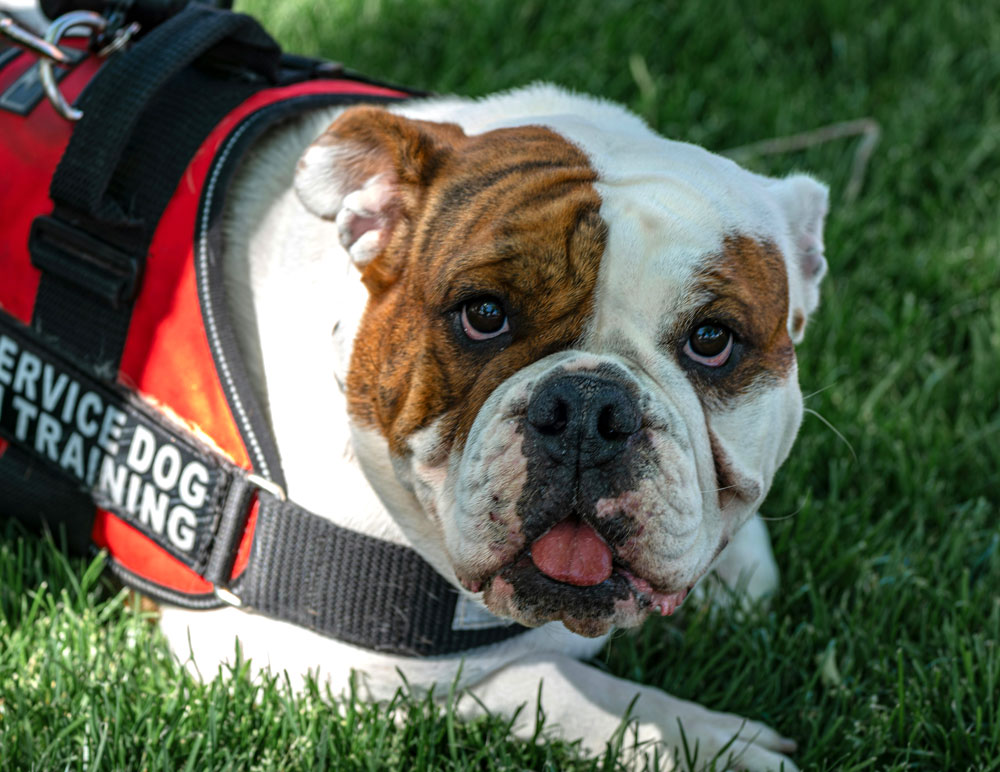
What Happens at the Airport?
- You will board early to allow extra time.
- Your dog must wear a harness or identification.
- Staff with carry out a final health and behaviour check.
- Your dog will sit in the footwell throughout the flight and must not obstruct aisles.
Useful Tips for Flying with a Service Dog
- Notify the airline as early as possible
- Carry all documentation in a clearly labelled folder
- Give your dog the opportunity to toilet before boarding
- Avoid feeding your dog a large meal immediately before the flight
- Keep your dog’s familiar harness and bedding for reassurance
Does It Cost to Fly a Service Dog?
One of the most common questions owners ask is whether there is a fee for flying with a service dog. Under UK and international aviation regulations, airlines must let recognised service dogs travel in the cabin for free. They count as a disability aid, not as pets.
It’s also important to note that emotional support animals and pets do not qualify for free cabin travel and must travel under pet cargo rules, which do include costs. Get a free online quote today, to see how much it will cost with PetAir.
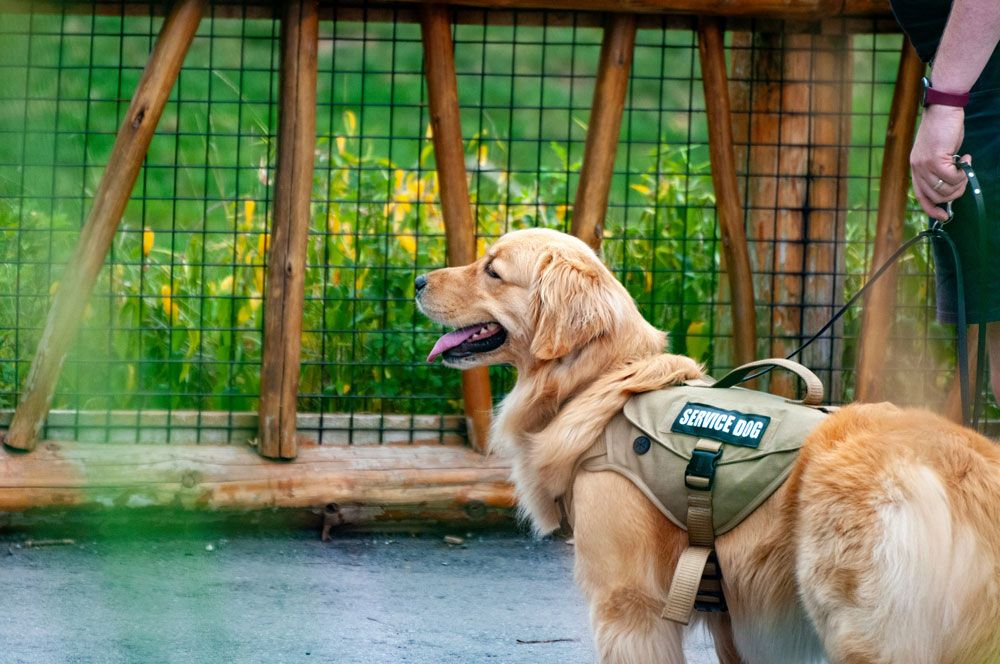
Useful Links
If you have a registered service dog, you don’t need to go through us to travel with your dog. However, please make sure you visit your airlines site to fully understand the requirements for getting your dog on board. Below are some useful links, depending on which airline you are flying with:
- British Airways: click here
- Easy Jet: click here
- Jet 2: click here
- TUI: click here
- Virgin Atlantic: click here
- Emirates: click here
Travelling with a service dog isn’t limited to the above airlines. Always make sure you have looked up all your specific requirements before travelling.
Fly Your Pet With PetAir
If your pet, such as an emotional support animal, doesn’t qualify as a service animal, don’t worry, you can still travel with your pet! Your pet will just need to go in cargo.
At PetAir, we make every journey as safe and stress-free as possible. Here are just some of the things we provide at PetAir:
✅ Custom-made pet crates
✅ 100% paperwork compliance
✅ Expert advice
✅ 24/7 online vet access
✅ Peace of mind
Ready to start planning your journey – get a quick quote today!
